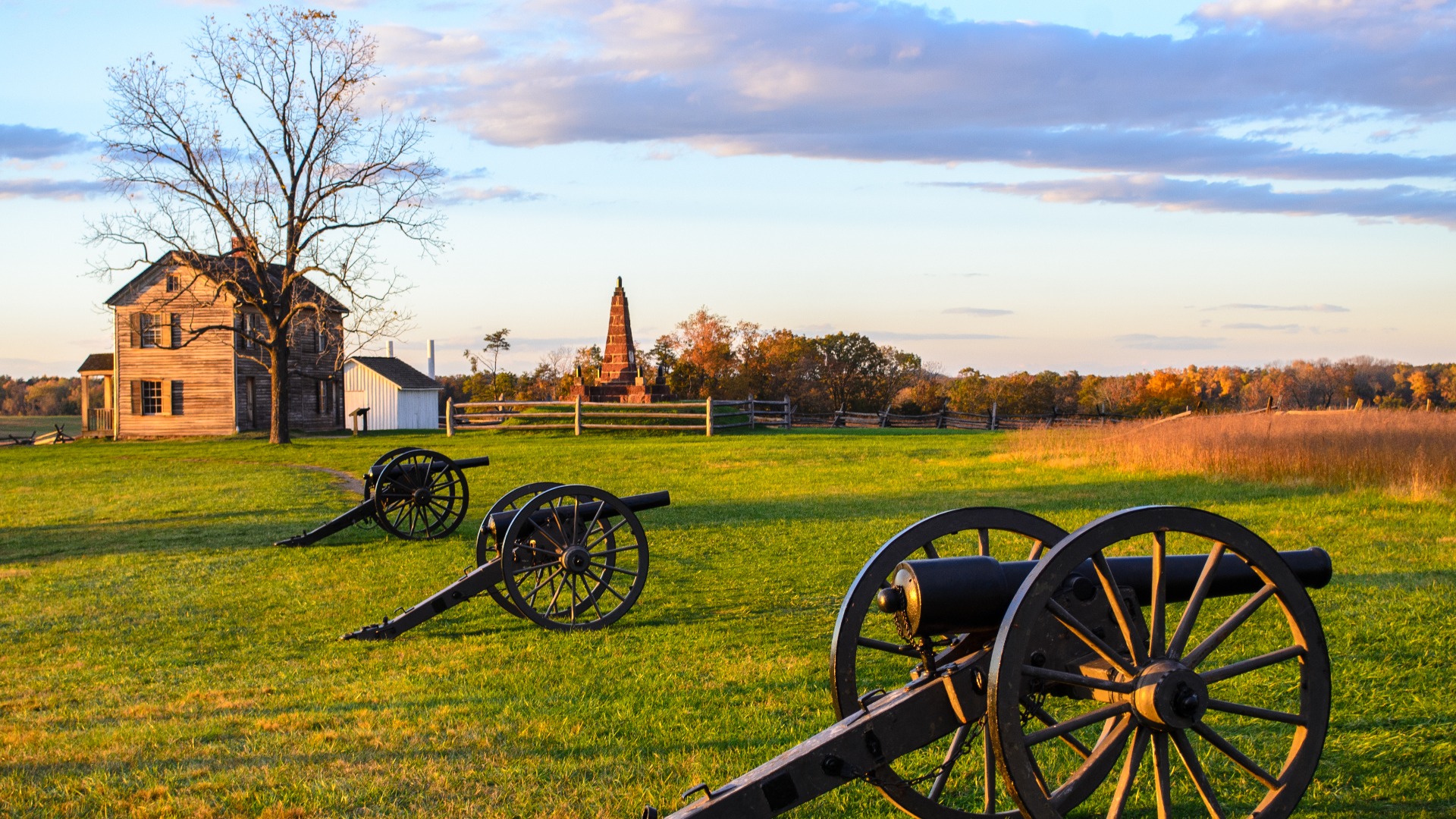Finding the Perfect Timing for Chimney Sweep in Prince William County, VA
As winter approaches and the temperature drops in Prince William County, VA, fireplaces begin to crackle to life, adding warmth and comfort to many homes. But it’s important to remember, as inviting as a warm and cozy fire may be, that your chimney needs to be properly maintained to ensure the safety of your household. The critical task of chimney sweeping should be entrusted to professionals like A&T Chimney Sweeps, a trusted company that offers fireplace, furnace, dryer vent, gutter cleaning and repair services in Prince William County, VA.
Before we delve into the perfect timing for a chimney sweep, let’s first understand why it’s necessary. When wood burns, it releases unburnt particles that, combined with moisture, form a substance known as creosote. This substance accumulates on the walls of your chimney and can ignite, causing chimney fires. Regular chimney sweeps remove this potentially dangerous buildup, ensuring the safe operation of your fireplace.
So, when is the best time to get your chimney swept?
Most professional chimney sweeps recommend having your chimney cleaned at least once a year. However, the perfect timing can depend on several factors.
1. Frequency of Use
The frequency of your fireplace usage significantly influences the timing for a chimney sweep. If you use your fireplace regularly during the winter months, it’s recommended you schedule a chimney sweep at the end of the heating season or before the start of the next one. This will ensure any buildup of creosote is removed, reducing the risk of a chimney fire.
2. Type of Wood Burned
The type of wood you burn in your fireplace can also affect the amount of creosote buildup. Hardwoods like oak, maple, or ash generally produce less creosote than softwoods like pine or fir. If you primarily burn softwoods, you might need to have your chimney cleaned more frequently.
3. Chimney Performance
If you notice your chimney isn’t performing as it should – for instance, smoke is backing up into your home, or there’s a decrease in the efficiency of your fireplace – it might be time for a chimney sweep. These issues can indicate a blockage in your chimney that needs to be addressed.
4. Unexpected Events
Sometimes, unexpected events like a chimney fire, a severe storm, or an earthquake can damage your chimney, necessitating immediate cleaning and possibly repair. In such cases, it’s crucial to have a professional assess and fix the damage promptly.
Keeping these factors in mind, the best time to schedule a chimney sweep in Prince William County, VA, is typically during late summer or early fall – just before the onset of the heating season. This way, any creosote buildup or damage from the previous heating season can be addressed, ensuring your fireplace is safe and ready for use when the cold weather arrives.
Choosing a company like A&T Chimney Sweeps for your chimney cleaning ensures you receive high-quality, professional service. Their experienced team can handle everything from straightforward sweeps to complex repairs, ensuring your chimney functions efficiently and safely.
FAQs
1. How often should my chimney be swept?
Most professionals recommend at least once a year. However, if you use your fireplace frequently or burn a lot of softwood, you might need to have it cleaned more often.
2. Can I clean my chimney myself?
While it’s possible to clean your chimney yourself, it’s generally not recommended. Professional chimney sweeps have the knowledge, experience, and tools necessary to do the job safely and efficiently.
3. How long does a chimney sweep take?
On average, a professional chimney sweep can take anywhere from 45 minutes to 2 hours, depending on the condition of your chimney.
4. What are the signs my chimney needs cleaning?
Signs that your chimney may need cleaning include smoke coming back into your house, a strong, unpleasant odor coming from your fireplace, and a decrease in your fireplace’s efficiency.
5. Can a dirty chimney cause health issues?
Yes, a dirty chimney can pose health risks. Creosote buildup can potentially lead to chimney fires, while blockages can cause carbon monoxide – a deadly, odorless gas – to leak into your home.
Remember, finding the perfect timing for a chimney sweep is not just about maintaining your fireplace’s efficiency; it’s also about ensuring the safety of your home and family. So, don’t wait for the chill of winter to set in before you schedule your chimney sweep. Plan ahead and ensure your fireplace is ready to provide you with a warm and safe winter season.








